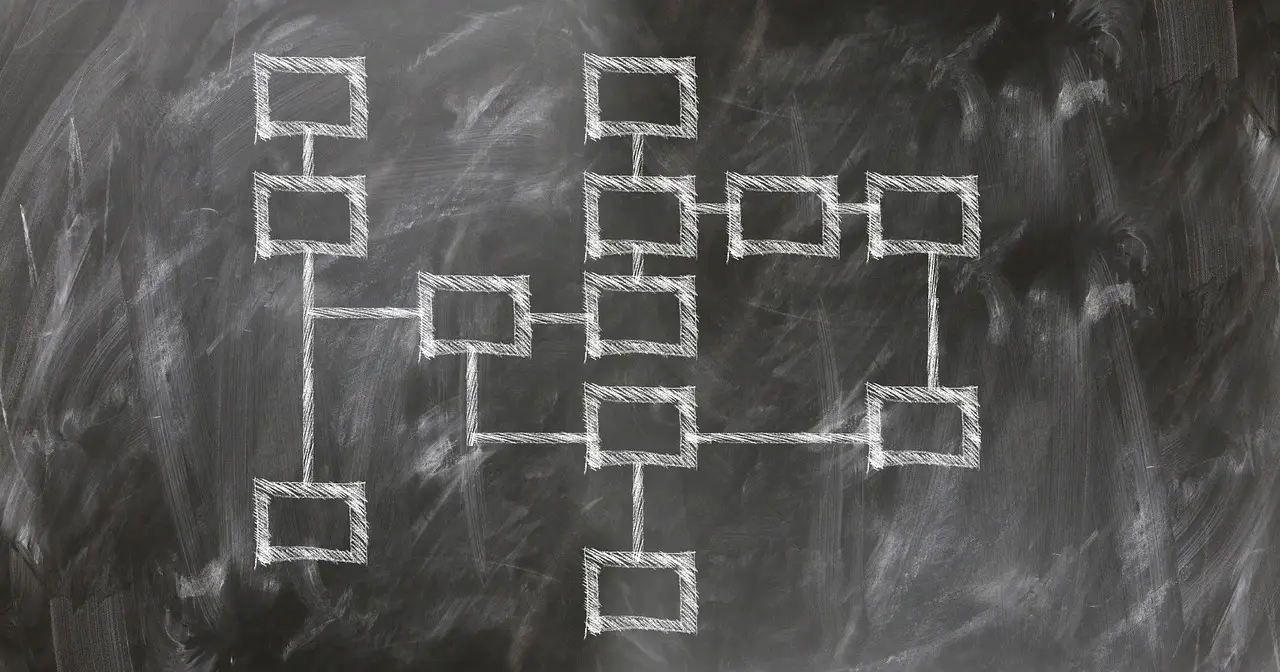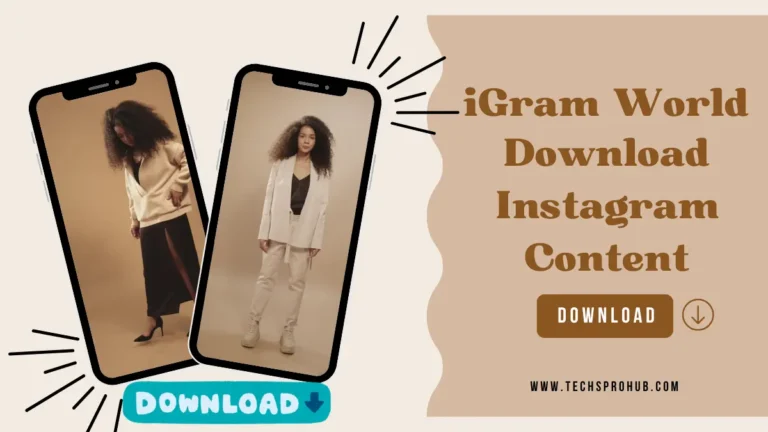Flowcharts are incredibly useful for visualizing processes, systems, and logic flows. They simplify complex details into an easy-to-understand diagram. Flowcharts clarify relationships between steps, illustrate decision points, highlight the overall workflow, and you can reassess the process with a flowchart template. This aids in communication, documentation, analysis, and process improvement efforts.
Here are some key tips for developing flow charts that balance brevity and clarity to maximize understandability and readability.
Use Standardized Shapes
The most common flow chart shapes are rectangles to indicate steps, diamonds for decisions, and arrows to show flow direction. Using these standard, recognizable shapes makes it easy for readers to quickly grasp the meaning of each element. Avoid exotic shapes that can cause confusion.
Organize the Flow Logically
Lay out the flow chart in a logical manner that follows the natural sequence or hierarchy of steps. Top to bottom and left to right is standard. Numbering steps can further clarify the sequence. Group related elements and make important steps prominent through size, color, etc.
Minimize Crossovers
Crisscrossing lines make flow charts messy and hard to follow. Use connecting lines judiciously and insert line breaks to prevent tangles. Place related elements next to each other to limit line crossovers when possible.
Label All Elements
Comprehensively label each step, decision point, and flow arrow. Descriptive yet concise text helps readers understand the meaning and purpose of each component. Icons or abbreviations can supplement text labels for quick identification.
Simplify Complex Processes
A flow chart of an entire complex process can become cluttered and confusing. Consider breaking down multifaceted processes into a high-level overview chart and supplementary charts that detail sub-processes.
Use White Space
Do not overcrowd the flow chart. Leave ample white space between elements and along the edges. Effective use of space creates visual clarity. Allow components to breathe on the page.
Focus on Key Decision Points
For high-level process overviews, you may want to depict only the most essential steps and key decision branches. Excessive detail obscures the big picture. Guide readers through the core decision points and logic flow.
Maintain Consistent Alignment
Align elements, such as keeping decision diamonds or process step boxes in neat rows or columns instead of scattered about. This creates a clean, ordered look that is easy to scan.
Use Color Thoughtfully
A splash of color can highlight important elements or differentiate types of steps. But limit colors to two or three maximum. Too many colors are distracting and diminish readability.
Check Flow Direction
Scrutinize flow arrows to ensure the directionality makes logical sense. The flow sequence should be intuitive at a glance. Trace paths to verify accuracy.
Test Readability
Have others review the flow chart without explanation and provide feedback. Identify any elements they find confusing. Iteratively improve readability issues until the flow chart makes visual sense on its own.
Creating readable flow charts requires balancing brevity and clarity. Following basic design principles can help craft easy to understand visual representations of processes and workflows. Investing time upfront to refine flow chart layout and presentation pays dividends when people instantly comprehend the chart.




